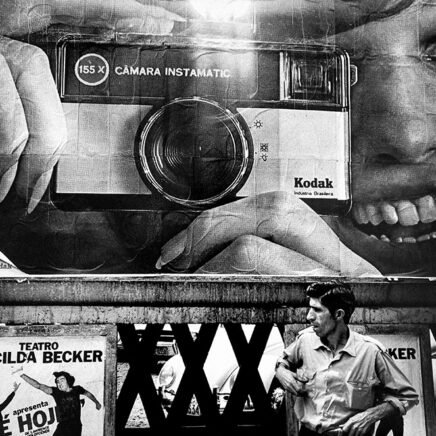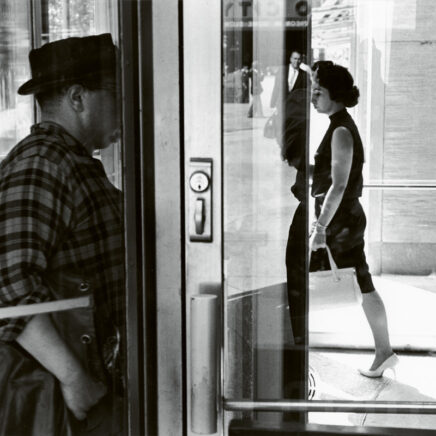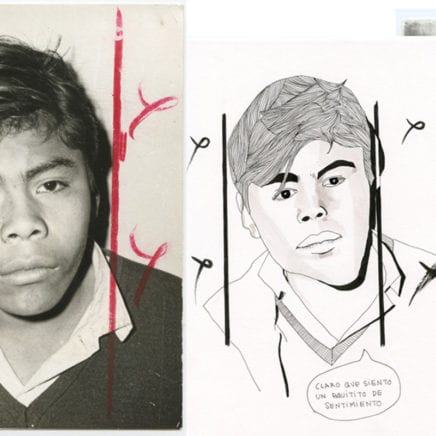
Paolo Gasparini Field of Images
Paolo Gasparini’s lengthy career and intense scrutiny of the Latin American social and political landscape from the point of view of an outsider looking in has produced, by proxy of his many photobooks and serial investigations of place, an incredibly rich document of Latin America caught in-between disjointed moments of upheaval and the hope […]






